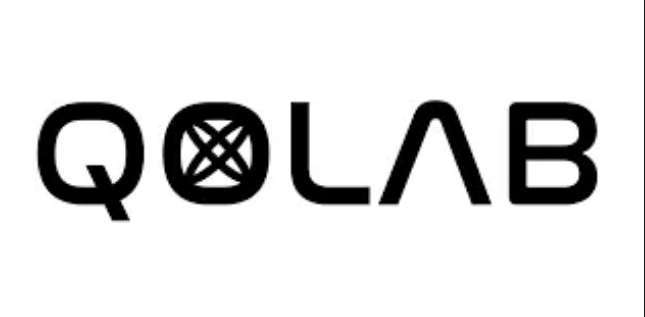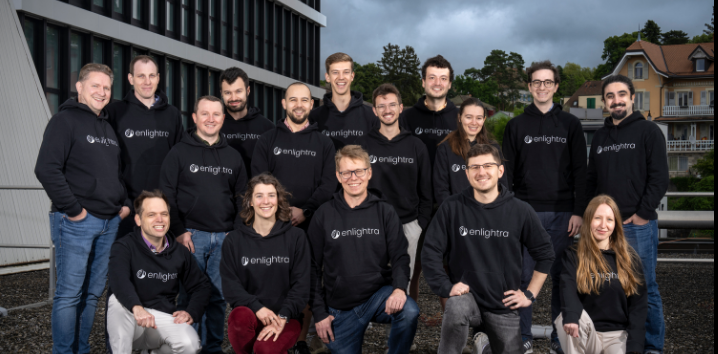Insider Brief
- Riverlane and the MIT Plasma Science and Fusion Center (PSFC) will work to develop efficient quantum algorithms for the simulation of plasma dynamics.
- The goal of the project is to expand the understanding of matter at very high temperatures and densities and build the knowledge needed to develop a fusion energy source.
- Providing energy from fusion is one of the National Academy of Engineering’s 14 Grand Challenges for Engineering in the 21st Century.
PRESS RELEASE — Researchers from quantum error correction company Riverlane and the Massachusetts Institute of Technology (MIT) Plasma Science and Fusion Center (PSFC) will work to develop efficient quantum algorithms for the simulation of plasma dynamics under the U.S. Department of Energy’s Fusion Energy Sciences (FES) program.
The FES program has two goals: (1) expand the understanding of matter at very high temperatures and densities, and (2) build the knowledge needed to develop a fusion energy source.
Providing energy from fusion is one of the 14 Grand Challenges for Engineering in the 21st Century, according to the National Academy of Engineering. FES is the largest federal government supporter of research that is addressing the remaining obstacles to overcoming this challenge.

This is where quantum computers could help. Many plasma systems are governed by differential equations such as the Vlasov equation, which is a statistical description for the collective behaviour of a plasma. The project will focus on developing efficient quantum algorithms and data loading subroutines to tackle such equations.
Hari Krovi, principal quantum scientist at Riverlane, said: “I am delighted to be working with MIT for the U.S. Department of Energy under the Fusion Energy Sciences program, which is a fascinating physics problem to tackle with wide-reaching implications. Much of the work in developing quantum algorithms for differential equations can also be used in other areas that have similar equations. For instance, fluid dynamical equations are ubiquitous in the design of cars, aeroplanes and spacecrafts. They are also extensively used in oceanographic applications such as prediction of tidal waves and movement of glaciers. This project will potentially help us unlock such useful quantum applications, sooner.”
Riverlane is developing the Quantum Error Correction Stack to control inherently unstable qubits and comprehensively correct system errors ten billion times or more per second. The company partners with world-leading laboratories, quantum hardware companies and governments to achieve this, developing both quantum algorithms and quantum error correction techniques to help the qubits work as efficiently as possible.
You can find out more about this work here.
Acknowledgement: “This work is supported by the U.S. Department of Energy, Office of Science, Office of Fusion Energy Sciences, under Award Number(s) DE-SC00020264.”
If you found this article to be informative, you can explore more current quantum news here, exclusives, interviews, and podcasts.

















